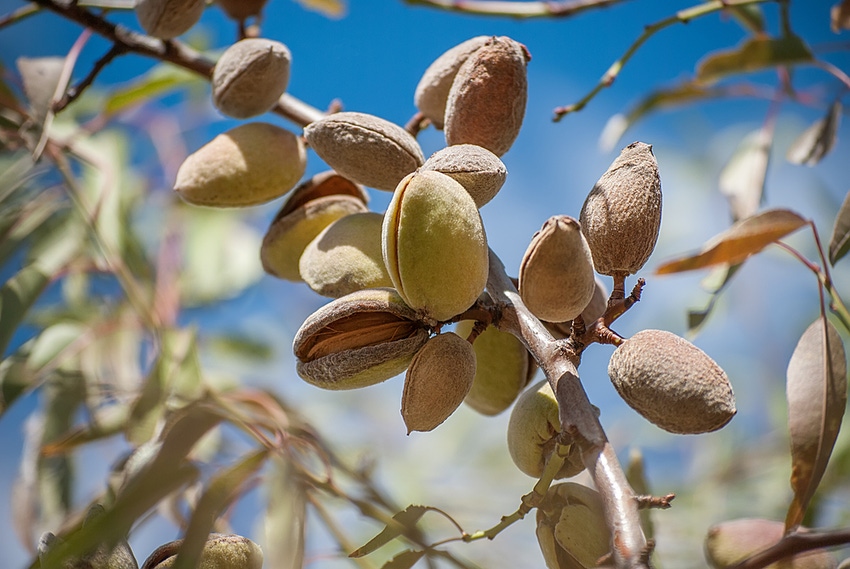June 3, 2020

Sponsored Content
Here in sunny California, we are a few weeks away from a truly exciting time in our crop year—hull-split in our almond orchards.
Hull-split signals the very beginning of the harvest season and it’s really a critical time to ramp up your efforts to protect those nuts from pests, fungi and bacteria that can eat them and your profits right along with them.
With the weeks leading up to hull-split, many of the growers that I’m talking to are busy planning what protection measures they will be taking, and many have an eye squarely on using those integrated programs to fight resistance in their operations.
As your team is planning your hull-split program for this year, keep a few tips in mind to help stop resistance from rearing its ugly head on your farm:
Rotate your crop inputs, making sure to never apply the same active ingredient or class of chemistry back-to-back in a season.
Use all of the knowledge available to you from in-house agronomists and crop protection teams to local extension specialists and PCAs.
Remember that you can often partner biopesticides and conventional chemistries to get a higher bang for your buck. Double Nickel® combined with a conventional residual chemistry can be just the remedy for an outbreak of Alternaria, scab or bacterial blast.
Keeping an eye on your nuts in this critical time is the key to knowing when and what you need to be applying to ensure best control. It’s always best to see a problem coming than to be playing defense once it’s in full outbreak.
We’ve been experiencing some mite pressure in the area recently and if you see evidence of that in your pre-split scouting, I’d recommend our bioinsecticide/miticide PFR-97®.
Its active ingredient is a naturally-occurring fungus Isaria fumosoroseus with spores that are highly virulent at infecting all life-stages.
PFR-97 is highly effective because of its novel mode of action--when applied, the fungus infects, penetrates and kills the mite or insect. This mode of action is what makes PFR-97 so valuable in reducing the development of resistance to materials in your tank mix.
On top of that, PFR-97 won’t disrupt beneficials, has a 4-hour REI and is residue exempt. It’s even NOP-Compliant and OMRI-Listed, so its flexible enough to be used in all orchards.
Planning ahead is always smart, but in this especially tumultuous growing season, it’s simply the best way to protect your crops, your investment, your farms and your livelihoods.
Remember, if I can help you or if you’d like to tap into the experience of any Certis USA California sales team member, simply reach out to me at [email protected]. We are always here for you.
Read more about:
AlmondsYou May Also Like




